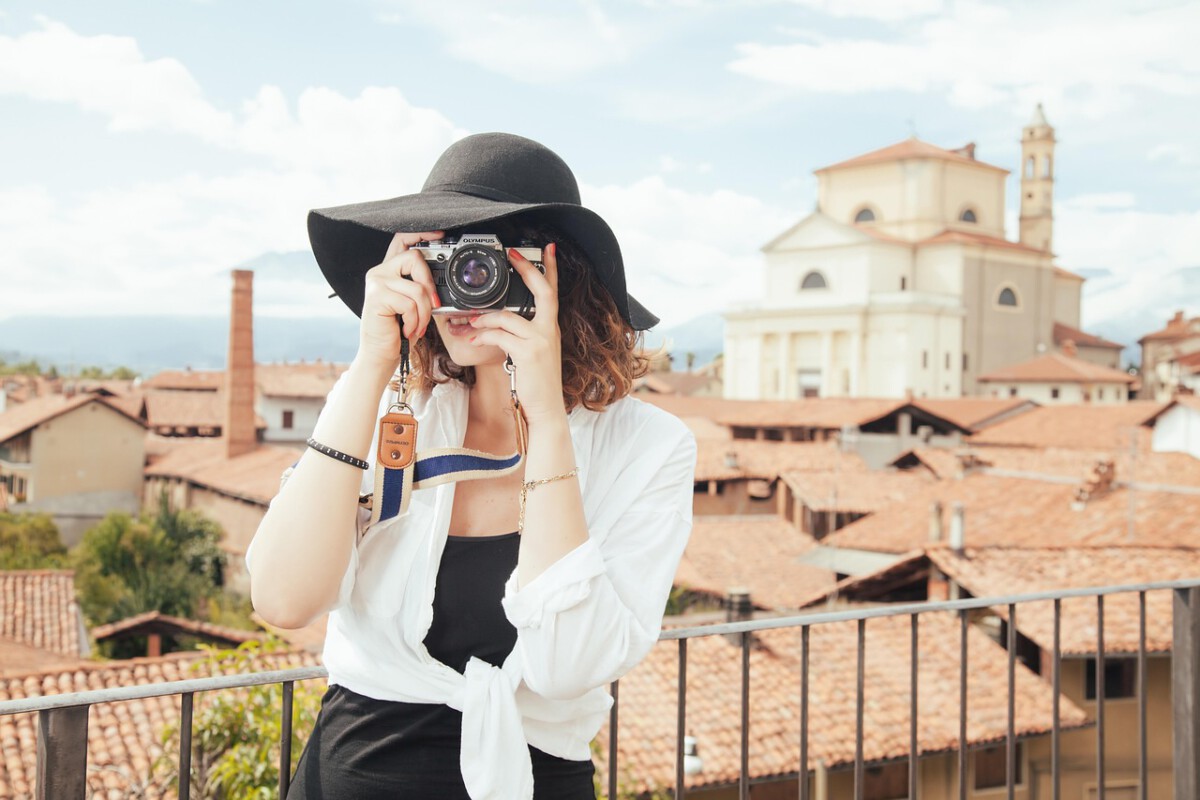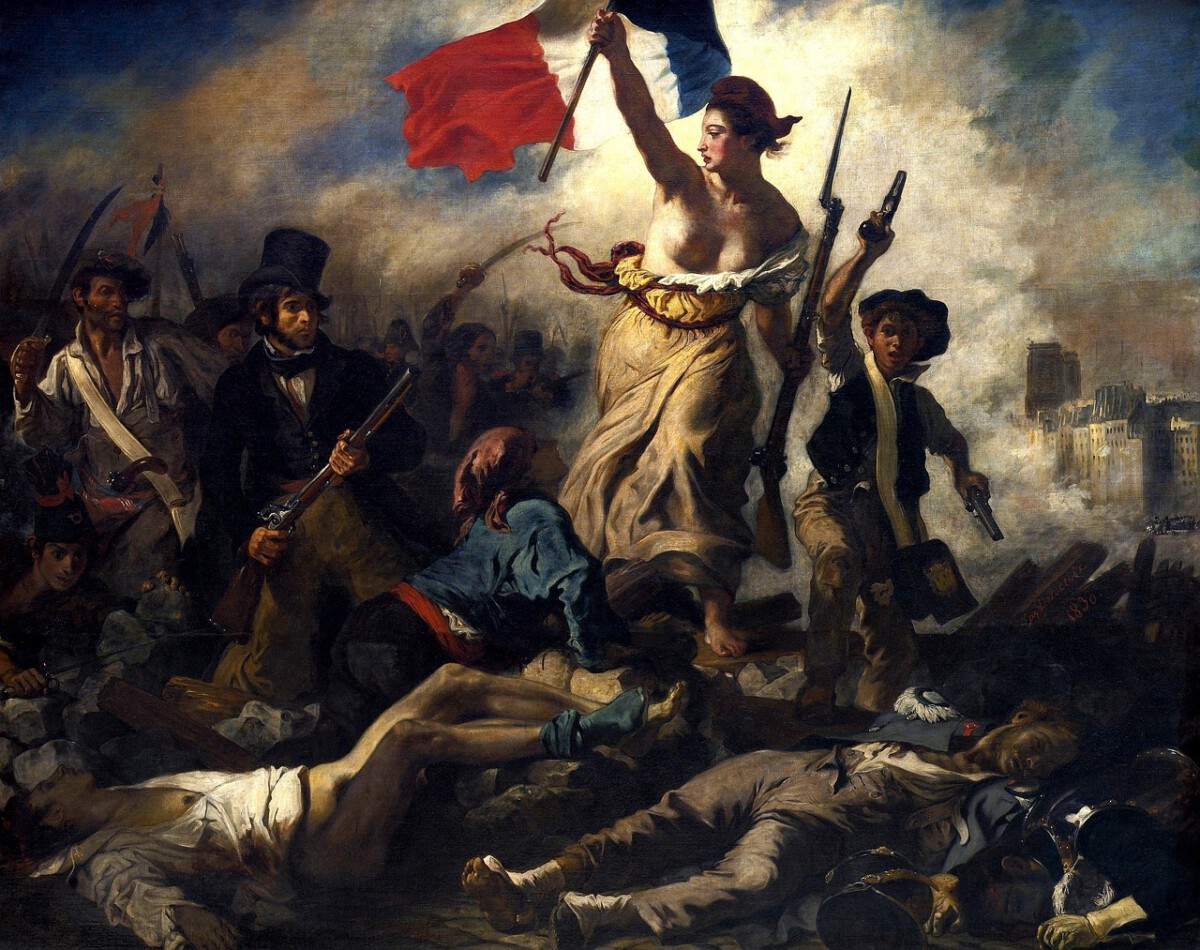Photographing Local People Without Permission
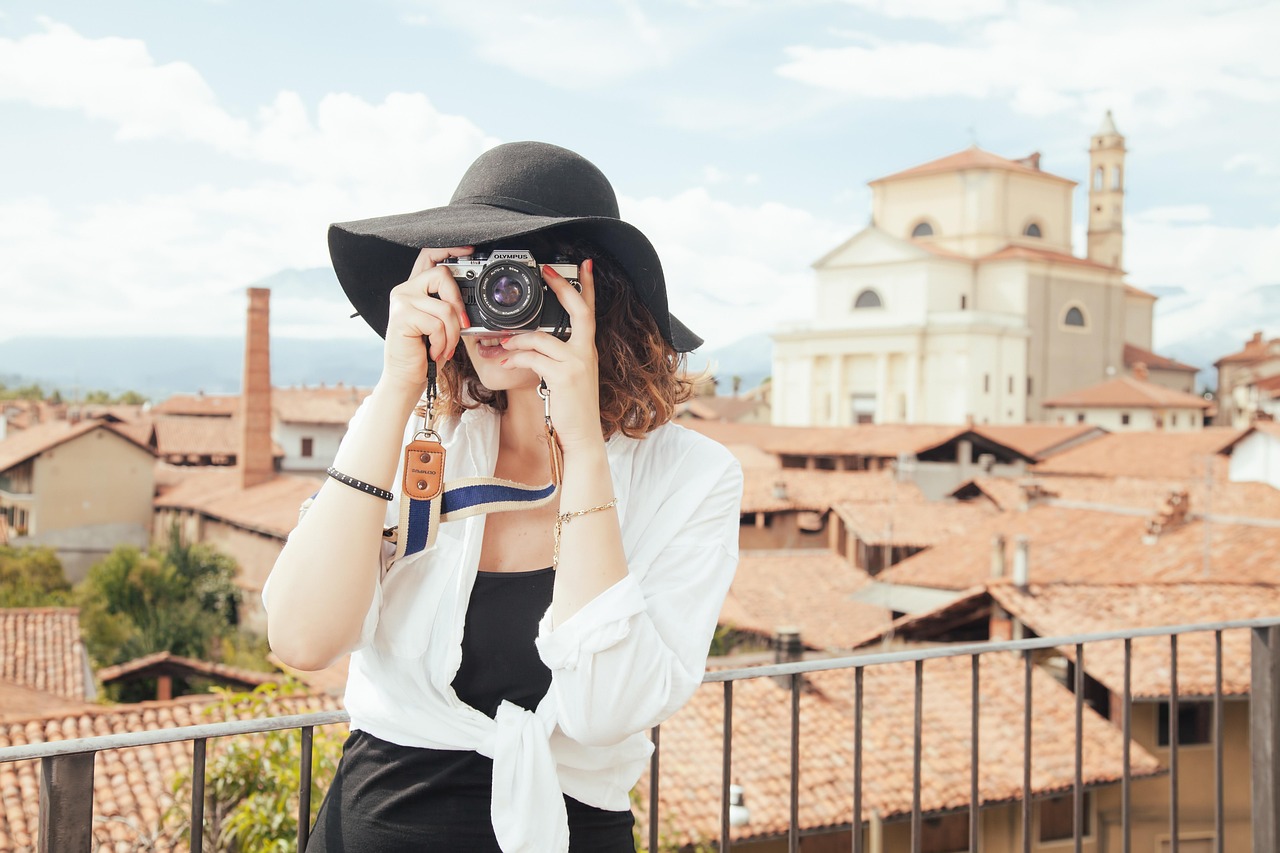
Capturing the charm of a destination often means taking photos of the people who live there, but snapping pictures of locals without their permission is a big mistake. According to the International Tourism Ethics Council’s 2024 report, more than 60% of travelers admitted to photographing people without consent, leading to discomfort and a growing sense of mistrust between visitors and residents. In many countries, especially in regions of Southeast Asia and Africa, taking unsolicited photos can even result in fines or having your camera confiscated by authorities. Local cultures may view unsolicited photography as a violation of personal privacy or as intrusive, which can damage relationships between tourists and communities. It’s always best to approach someone with a smile, ask politely, and accept their answer if they say no. This simple act of respect can open doors to more meaningful connections and, often, better photos with willing participants. Many travelers have found that by taking the time to interact first, locals are more likely to share stories and pose for genuine, memorable portraits. Ultimately, respecting personal boundaries sets a positive example for other travelers and helps preserve the welcoming spirit of your destination.
Sensitive Government and Military Sites
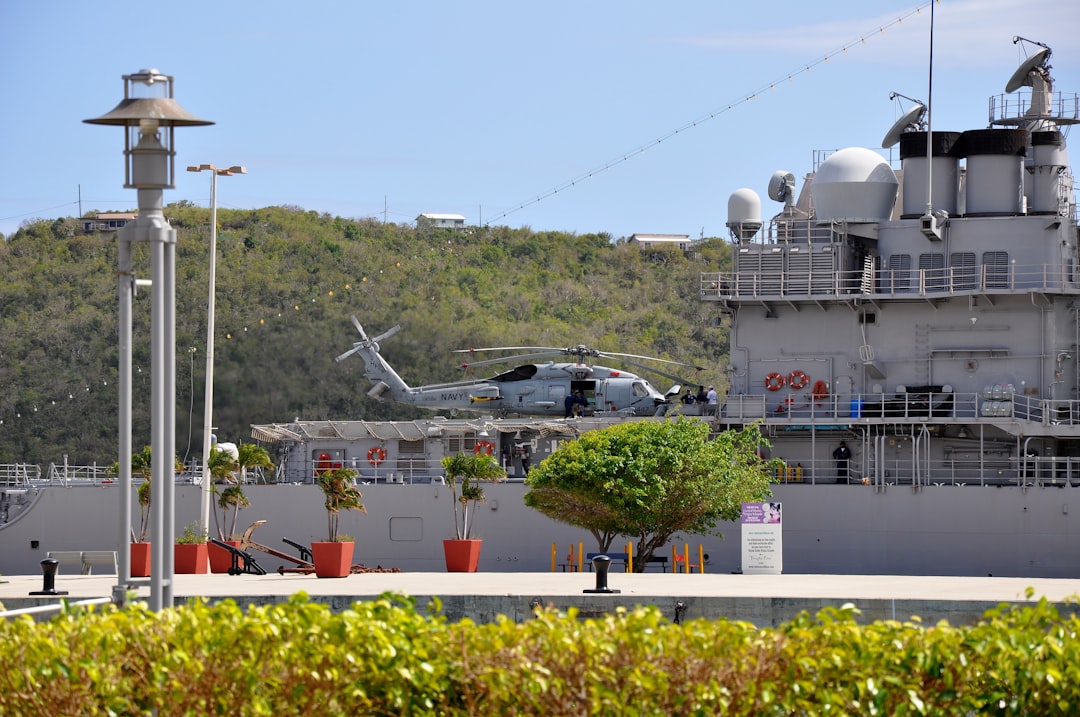
It might seem harmless to snap a quick photo of an impressive government building or a military installation, but doing so can land you in serious trouble. Security concerns have prompted many countries—including the United States, Russia, and China—to tighten restrictions on photographing these types of sites as of 2025. The U.S. Department of Homeland Security explicitly advises travelers to avoid taking photos of military bases and certain government buildings, warning that violations can be considered security breaches and may result in arrest, fines, or even deportation. Even if there are no warning signs, photographing these areas can attract unwanted attention from law enforcement or security personnel. In some countries, you could have your equipment confiscated or be required to delete your photos on the spot. If you’re unsure about the rules, it’s always safer to ask a local guide or security official before taking out your camera. Many travelers have found themselves in uncomfortable situations simply because they didn’t realize photography was restricted in a given area. Erring on the side of caution not only keeps you out of legal trouble but also shows respect for national security and the rules of your host country.
Sacred and Religious Sites
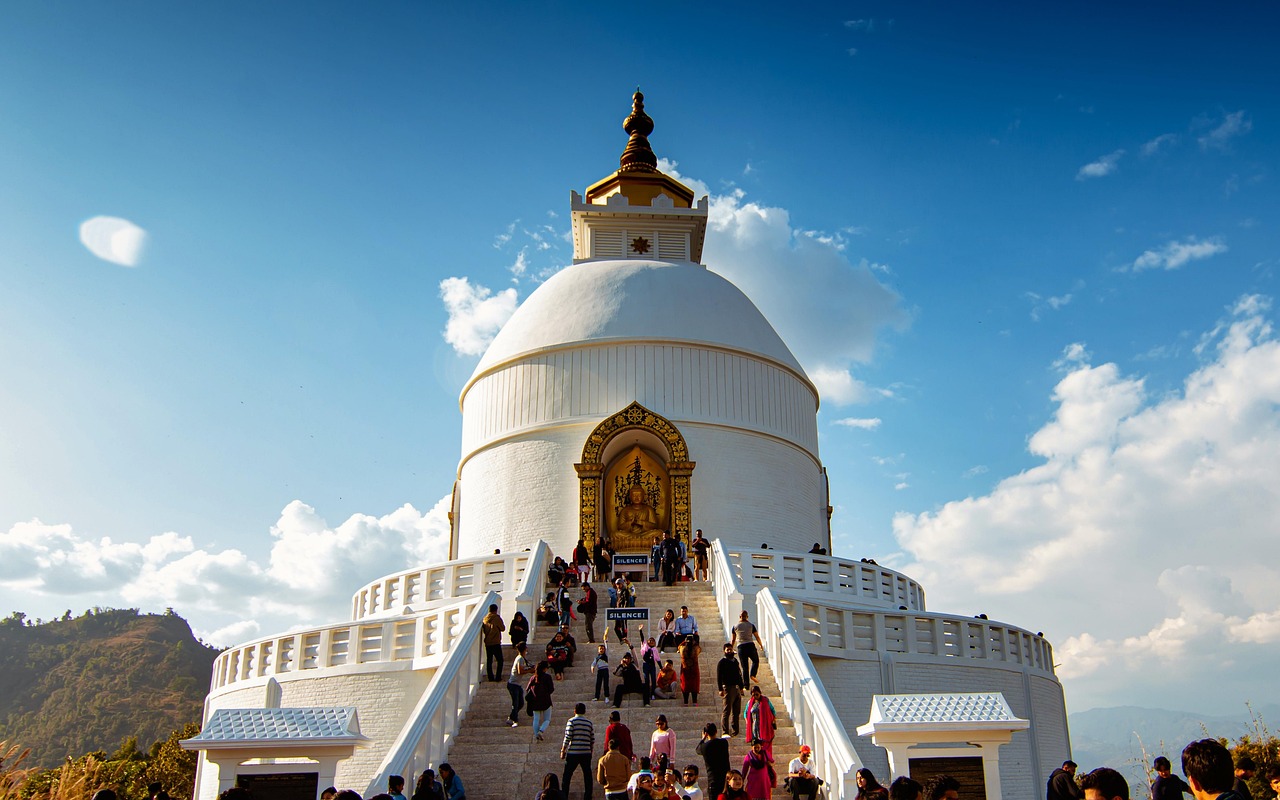
Religious sites are among the most beautiful and fascinating places to photograph, but they also demand a higher level of respect and sensitivity. In 2023, UNESCO highlighted that unauthorized photography in sacred sites like Buddhist temples in Myanmar and Hindu temples in India can disrupt worshippers and violate important cultural norms. Flash photography is frequently banned inside churches, mosques, and temples, not only because it can damage ancient artworks and artifacts, but also because it disturbs the solemn atmosphere of worship. In some cases, photographing certain rituals or ceremonies is considered disrespectful or even taboo, and breaking these rules can lead to being asked to leave the premises or facing fines. Before you visit, take the time to research the specific customs and ask for permission from religious authorities or guides if you’re unsure. Many places have designated areas where photography is allowed, while others prohibit it entirely. Travelers who respect these customs are more likely to be welcomed and may even be granted special access or insights by local guides or caretakers. Following the rules at these sites ensures that their sanctity and significance are preserved for generations to come.
Wildlife in Their Natural Habitat
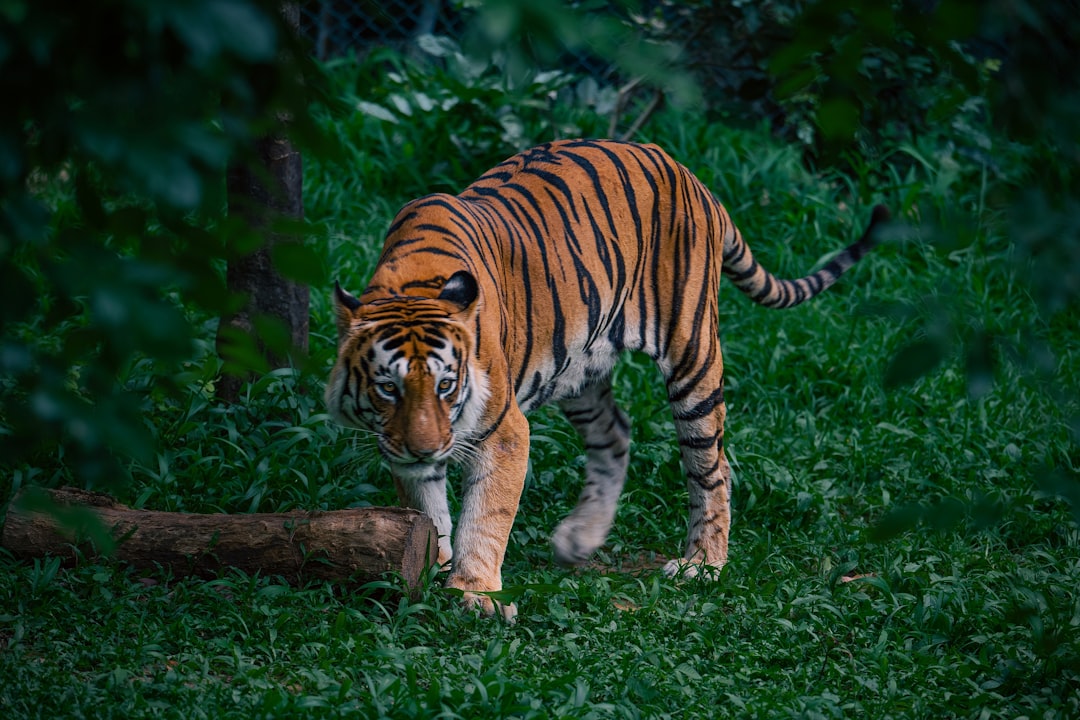
Wildlife photography is thrilling, but it comes with important responsibilities. A 2024 study by the World Wildlife Fund found that increased tourist photography has caused stress and behavioral changes in several species, including elephants and big cats in Africa. Flash photography, sudden movements, and getting too close can frighten animals, sometimes resulting in dangerous situations for both the wildlife and the photographer. Many national parks and reserves now enforce strict guidelines about how close you can get to animals and when it’s appropriate to take photos. Using telephoto lenses and keeping a respectful distance help to minimize disturbance and ensure the animals’ safety. Some parks even limit the number of visitors or require you to be accompanied by a trained guide to prevent negative impacts on wildlife. Ignoring these rules can lead to fines or being banned from protected areas. Responsible photography supports conservation efforts and helps protect endangered species, ensuring that future generations will also have the chance to experience these incredible creatures in their natural habitats.
Private Property and Residential Areas
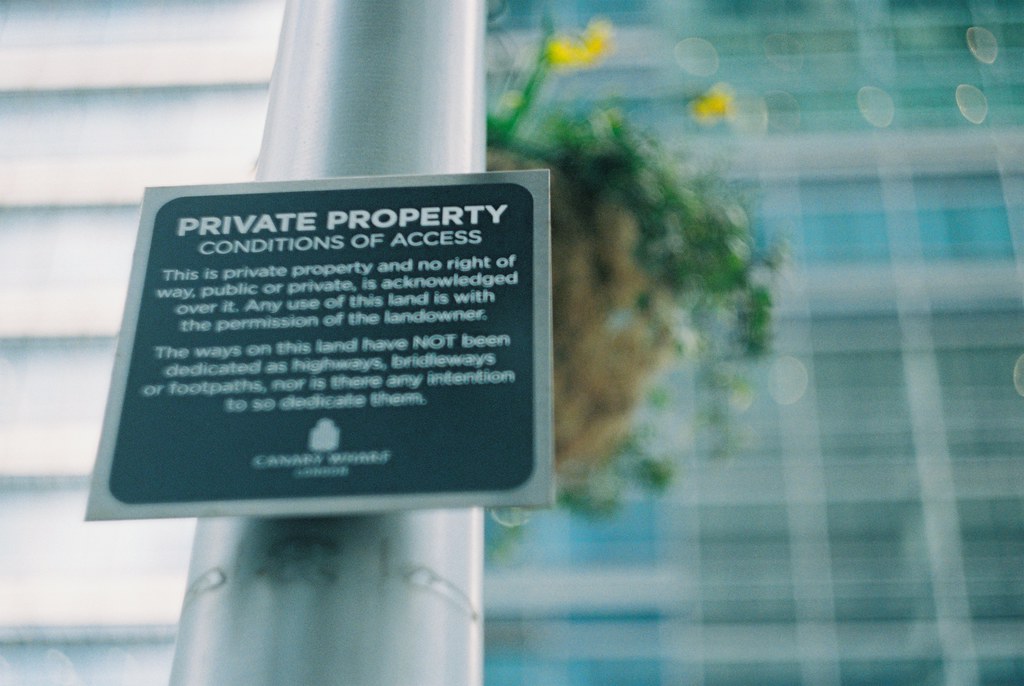
Photographing private homes or residential areas without permission can be a serious invasion of privacy and may even be illegal, depending on where you travel. Privacy laws have become stricter in many countries, especially after the European Union reinforced GDPR regulations in 2025 to better protect individuals from unauthorized photography. Homeowners may feel uncomfortable or threatened if strangers photograph their property, particularly if images are shared publicly online without consent. In countries like Germany and France, taking pictures of private property without the owner’s permission can result in fines or legal action. Some residents may confront you or even call authorities if they feel their privacy has been violated. Before taking any photos in residential areas, always ask for permission and respect people’s wishes if they refuse. Respecting these boundaries not only helps you avoid legal trouble but also shows good manners and cultural sensitivity. It’s a simple gesture that goes a long way in building trust and positive interactions with locals.
Children in Vulnerable Situations
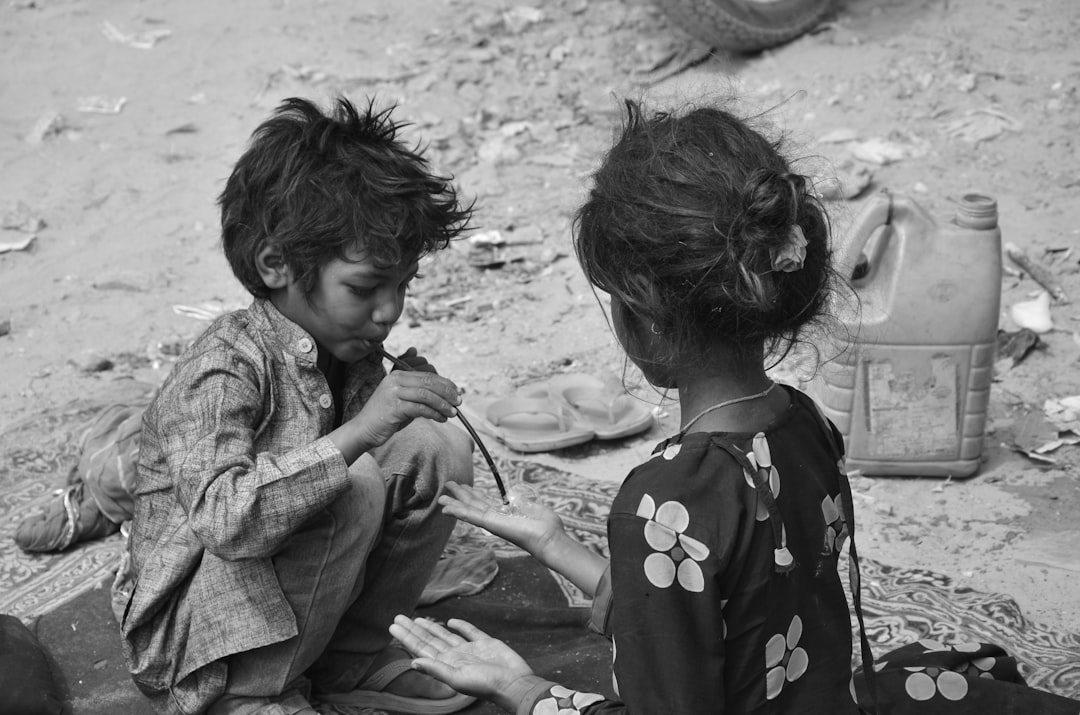
Photographing children, especially those in vulnerable or impoverished situations, raises significant ethical concerns. The Child Protection Alliance’s 2024 guidelines stress that taking photos of children without parental consent can exploit their image and dignity, even if your intentions are good. In some developing countries, tourists snapping pictures of children living in poverty can inadvertently contribute to exploitation or, in the worst cases, trafficking. Sharing such images on social media without context can perpetuate harmful stereotypes and damage the reputation of entire communities. Many local laws now require explicit permission from guardians before photographing minors, and ignoring these rules can lead to fines or other consequences. Instead of taking photos, consider supporting local organizations that protect children’s rights and well-being. Engaging with communities respectfully and asking for permission when appropriate ensures that your presence as a traveler has a positive impact. Responsible photography means thinking beyond the lens and considering the long-term effects of your actions.

